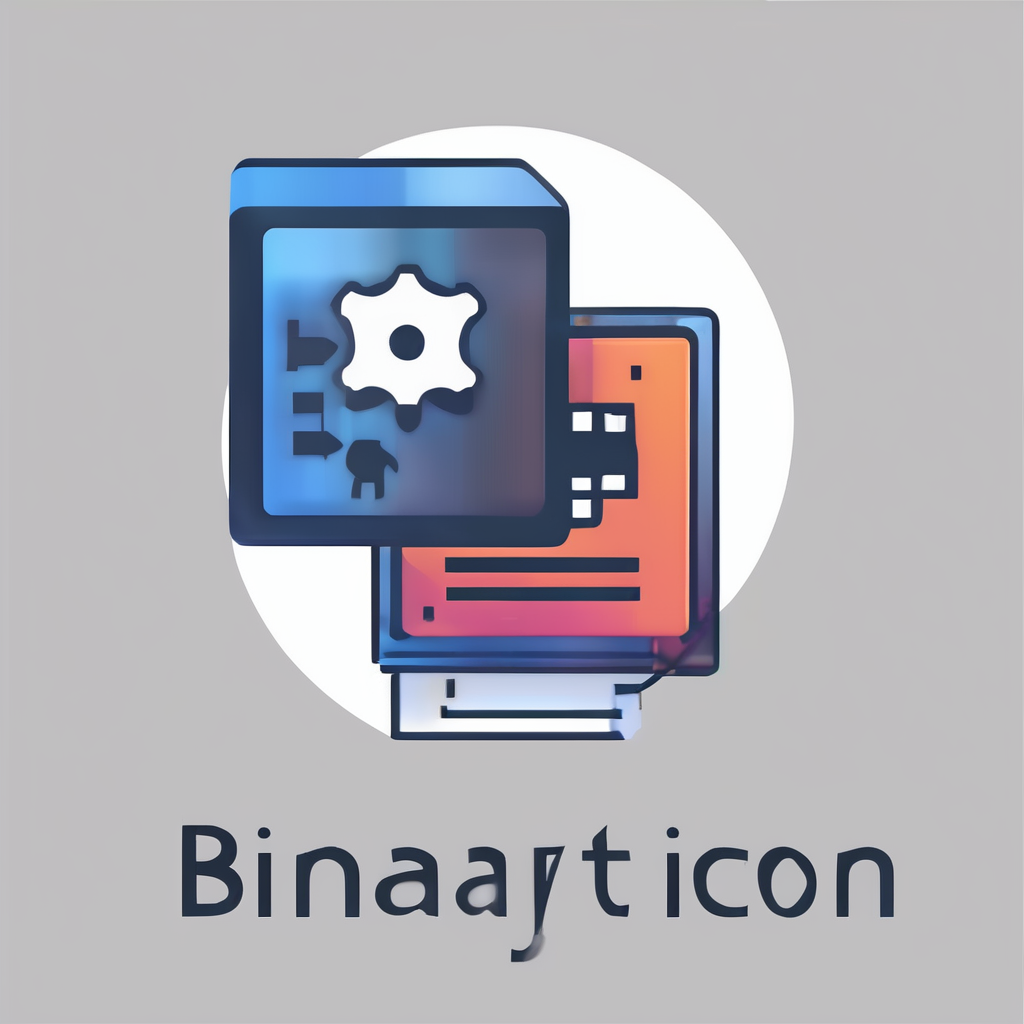Unlocking Software Success: How Agile Methodologies Transform Project Management
In the fast-paced and ever-evolving world of software development, traditional project management methods often fall short in delivering projects on time, within budget, and to the satisfaction of all stakeholders. This is where Agile methodologies step in, revolutionizing the way teams work, collaborate, and deliver high-quality software. In this article, we will delve into the world of Agile, exploring its principles, practices, and the transformative impact it has on project management.
What is Agile Methodology?
Agile methodology is an iterative and incremental approach to project management and software development that emphasizes flexibility, collaboration, and continuous improvement. Unlike traditional methods like the Waterfall model, which follow a linear and rigid structure, Agile delivers smaller, functional product increments, allowing teams to adapt to change and incorporate feedback throughout the process[1][3][5].
Also to see : Unlocking tech marketing success: leveraging social media analytics for strategic insights
At its core, Agile prioritizes:
- Individuals and interactions over processes and tools: This principle highlights the importance of teamwork and communication over rigid processes and tools.
- Working software over comprehensive documentation: Agile emphasizes delivering functional software frequently rather than spending extensive time on detailed documentation.
- Customer collaboration over contract negotiation: Agile aims to maintain continuous contact with stakeholders throughout the creation process.
- Responding to change over following a rigid plan: Agile thrives on flexibility, allowing teams to adjust priorities as needs evolve[1][3][4].
Core Principles of Agile Methodology
The Agile Manifesto, created in 2001 by a group of software developers, outlines 12 key principles that guide teams in delivering high-quality outcomes while fostering adaptability and collaboration. Here are some of the most critical principles:
In parallel : Top strategies for organizations to evaluate the success of their digital transformation efforts
- Delivering working software early and often: Agile ensures stakeholders receive value sooner through iterative releases.
- Welcoming changing requirements: Agile teams are prepared to adjust to new requirements or changes in direction based on user feedback and shifting priorities.
- Reflecting and improving continuously: Retrospectives and feedback loops help teams adapt and refine their processes for future success.
- Business people and developers must work together: Agile emphasizes teamwork and direct communication, fostering an environment of shared ownership[1][3][4].
Agile Project Management Software: The Tools of the Trade
Agile project management software is essential for supporting the Agile methodology. These tools provide features that facilitate the dynamic way of working inherent in Agile. Here are some core functionalities of Agile project management software:
Key Features
- Sprint planning and tracking: To organize and monitor progress within each sprint.
- Backlog management: For prioritizing and refining project tasks and features.
- Scalable collaboration features: To allow team members to communicate and share documents seamlessly.
- Integration with other tools: To ensure a smooth workflow across platforms.
- Reporting and analytics: For tracking project performance and team productivity[2].
Popular Tools
Tools like Jira, Zoho Sprints, and Trello are widely used in Agile project management. For example, Jira offers robust features for sprint planning, backlog management, and real-time collaboration, making it a favorite among Agile teams.
Popular Agile Methodologies: Scrum, Kanban, and More
Several Agile methodologies have emerged over time, each offering a unique way to manage and deliver software projects. Here are two of the most popular ones:
Scrum
Scrum is one of the most widely adopted Agile methodologies. It organizes work into sprints, typically lasting two to four weeks, with clear goals and deliverables. Scrum teams are structured into specific roles: the Product Owner, the Scrum Master, and the Development Team. Scrum emphasizes regular meetings such as daily standups, sprint planning, sprint reviews, and retrospectives to maintain communication and continuous improvement[4].
Kanban
Kanban is another popular Agile methodology that focuses on visualizing the workflow and limiting work in progress. It does not use sprints but instead emphasizes continuous delivery and improvement. Kanban is particularly useful for teams that need to manage a high volume of tasks and want more flexibility in their workflow[5].
How Agile Works: Core Practices and Benefits
Agile ensures that each feature is successfully developed, tested, and refined to meet user expectations through several core practices:
Continuous Collaboration
Agile emphasizes open communication between all team members, stakeholders, and clients throughout the project. This continuous collaboration ensures that everyone is aligned with the project goals and can address challenges as they arise[4].
Incremental Delivery
Software is developed and released in small increments, ensuring that users can access valuable features early and throughout the project. This approach allows for quicker feedback and adjustments, leading to higher customer satisfaction[4].
Embracing Change
Agile teams are prepared to adjust to new requirements or changes in direction based on user feedback and shifting priorities. This flexibility is a key differentiator from traditional project management methods[1][3][5].
Self-Organizing Teams
Agile teams are empowered to make decisions, allowing for faster problem-solving and greater ownership of the development process. This self-organization fosters a culture of responsibility and innovation within the team[4].
Benefits of Agile Methodologies
The adoption of Agile methodologies brings numerous benefits to software development projects:
Faster Time-to-Market
Agile approaches place a strong emphasis on producing usable software in a limited number of iterations. Teams can offer critical software functionality sooner, allowing firms to react to market needs and gain a competitive edge[5].
Improved Quality
Agile techniques encourage ongoing testing, feedback, and improvement, which aids in finding and addressing flaws and vulnerabilities early on in the development process. This results in better-performing software with fewer defects, increasing customer satisfaction[5].
Greater Involvement of Stakeholders
Agile techniques encourage regular participation of stakeholders, especially customers, in the development process. This promotes the development of a common understanding of the project’s objectives, specifications, and development. The software being developed can also receive timely feedback and validation, ensuring it meets the needs of the stakeholders[5].
Effective Resource Utilization
Agile approaches promote cross-functional teams that include individuals from several disciplines working together. Because team members can offer their knowledge and abilities to various project areas, resources can be used more effectively. Agile techniques also place a strong emphasis on providing the most beneficial features first, which helps to concentrate resources on the most crucial activities[5].
Real-World Examples and Success Stories
Agile methodologies have been adopted by numerous companies across various industries, leading to significant improvements in project management and software development.
Example: Spotify
Spotify, the popular music streaming service, has been a pioneer in adopting Agile methodologies. By using Scrum and other Agile practices, Spotify has managed to maintain a high level of innovation and customer satisfaction. Their teams work in small, autonomous units called “squads,” which are similar to Scrum teams, allowing for rapid development and deployment of new features[5].
Practical Insights and Actionable Advice
If you are considering adopting Agile methodologies for your software development projects, here are some practical insights and actionable advice:
Start Small
Begin with a small pilot project to test the waters. This will help you understand the Agile principles and practices better and identify any challenges early on.
Train Your Team
Invest in training your team members in Agile methodologies. This could include workshops, online courses, or even hiring an Agile coach.
Use the Right Tools
Choose the right Agile project management software that fits your team’s needs. Tools like Jira, Zoho Sprints, and Trello can be very helpful in managing your Agile projects.
Foster a Culture of Collaboration
Encourage open communication and collaboration within your team. Regular meetings like daily standups and retrospectives can help in maintaining this culture.
Be Adaptable
Be prepared to adjust your processes as you learn and grow. Agile is all about embracing change and continuous improvement.
Agile methodologies have revolutionized the way software development projects are managed, emphasizing flexibility, collaboration, and continuous improvement. By adopting Agile, teams can deliver high-quality software faster, improve customer satisfaction, and adapt to changing requirements more effectively. Whether you are a startup or an established software development company, Agile can be the key to unlocking your project’s full potential.
Table: Comparison of Agile and Traditional Project Management
| Aspect | Agile Methodology | Traditional Project Management |
|---|---|---|
| Approach | Iterative and incremental | Linear and sequential |
| Flexibility | High flexibility to adapt to change | Low flexibility, rigid plan |
| Delivery | Deliver working software early and often | Deliver software at the end of the project |
| Documentation | Minimal documentation, focus on working software | Extensive documentation |
| Customer Involvement | Continuous customer collaboration | Limited customer involvement |
| Team Structure | Self-organizing teams | Hierarchical team structure |
| Feedback | Continuous feedback loops | Feedback at the end of each phase |
| Risk Management | Manage risks through continuous improvement | Manage risks through extensive planning |
Detailed Bullet Point List: Key Principles and Practices of Agile
-
Individuals and interactions over processes and tools: Prioritize teamwork and communication over rigid processes and tools.
-
Encourage open communication among team members.
-
Foster a collaborative environment.
-
Working software over comprehensive documentation: Deliver functional software frequently rather than spending extensive time on detailed documentation.
-
Focus on delivering working software in each sprint.
-
Use documentation as a supportive tool.
-
Customer collaboration over contract negotiation: Maintain continuous contact with stakeholders throughout the creation process.
-
Involve customers in decision-making.
-
Gather feedback regularly.
-
Responding to change over following a rigid plan: Thrive on flexibility, allowing teams to adjust priorities as needs evolve.
-
Be prepared to adjust to new requirements.
-
Use retrospectives to reflect and improve continuously.
-
Delivering working software early and often: Ensure stakeholders receive value sooner through iterative releases.
-
Plan and execute sprints to deliver working software.
-
Gather feedback after each sprint.
-
Welcoming changing requirements: Adjust to new requirements or changes in direction based on user feedback and shifting priorities.
-
Use feedback loops to adjust priorities.
-
Be flexible in your approach.
-
Reflecting and improving continuously: Use retrospectives and feedback loops to adapt and refine processes for future success.
-
Conduct regular retrospectives.
-
Implement improvements based on feedback.
-
Business people and developers must work together: Emphasize teamwork and direct communication, fostering an environment of shared ownership.
-
Encourage collaboration between business people and developers.
-
Ensure shared ownership of the project[1][3][4].
Quotes from Industry Experts
- “Agile is all about delivering value early and often. It’s about being flexible and adaptable to changing requirements and priorities,” – Jeff Sutherland, Co-creator of Scrum.
- “The key to Agile is continuous collaboration and feedback. It ensures that we are always aligned with the customer’s needs and can deliver high-quality software quickly,” – Mike Cohn, Agile Expert.
- “Agile methodologies have transformed the way we work. They have helped us in delivering software faster, improving quality, and increasing customer satisfaction,” – Henrik Kniberg, Agile Coach at Spotify[5].
By embracing Agile methodologies, software development teams can unlock new levels of efficiency, innovation, and customer satisfaction, ultimately leading to greater project success.










